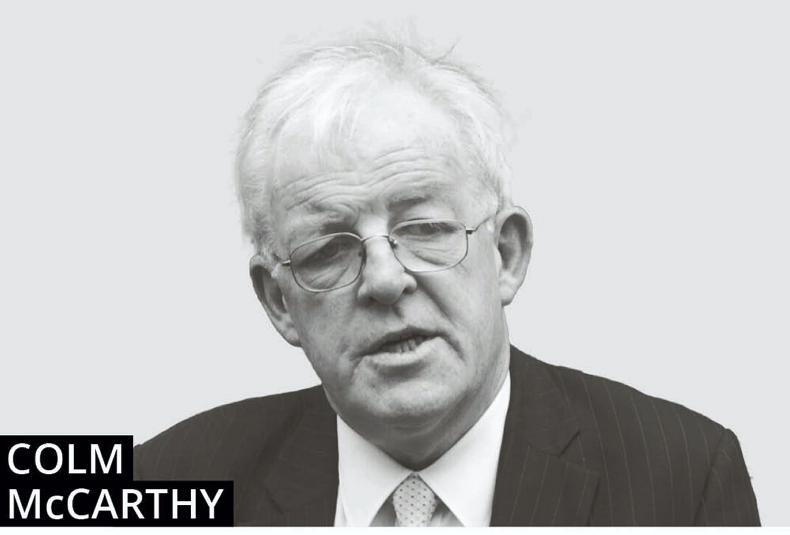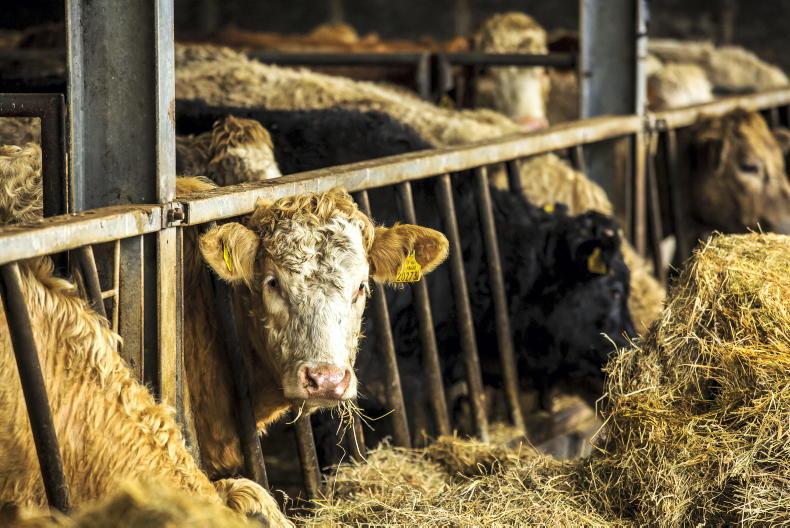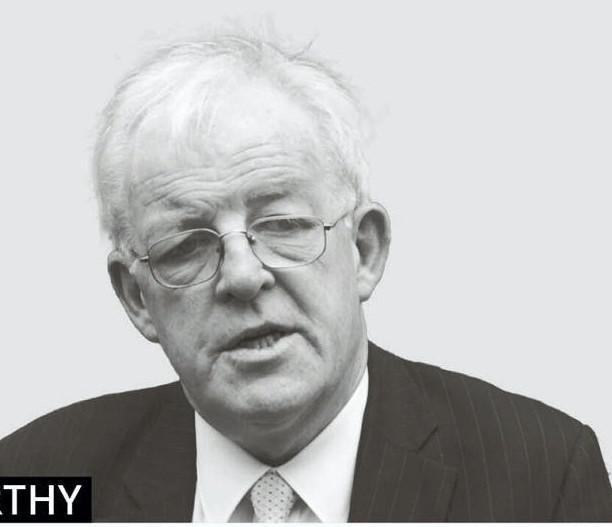On Tuesday, the Government revealed the details of what amounts to a mini budget, extending cost of living measures introduced last October in Budget 2023, which the Taoiseach told the Dáil will require a Finance Bill. October’s measures went beyond what some commentators felt was prudent.
But tax revenue in recent months has exceeded expectations and ministers have been emboldened to undertake extra spending and further tax reliefs. This is despite evidence that the inflation surge could be receding and that the European Central Bank could pause its increases in official interest rates later this year.
The most persistent lobbying for extended reliefs has come from the hospitality industry, including hotels and restaurants, and they have succeeded in securing a further extension of what mainstream newspapers have been describing as the ‘reduced’ VAT rate of 9%. This rate had been scheduled to return to its once-normal level of 13.5% at the end of February 2023.
Tax revenue in recent months has exceeded expectations and ministers have been emboldened to undertake extra spending
The standard rate of VAT in Ireland is actually 23% and the 13.5% rate is the reduced rate. The 9% super-reduced rate for the hospitality sector was introduced in July 2011 as a temporary measure designed to boost jobs in this labour-intensive sector during the downturn following the banking bust. At the time, the unemployment rate was around 15%.
The 9% VAT rate was eventually restored to 13.5% six years behind schedule at the end of 2018, by which time the economy had recovered strongly and labour supply shortages had begun to emerge.
In response to the COVID-19 emergency, the rate for hospitality was again reduced to 9% in the Budget for 2021, this time planned to last from November 2020 until December 2021. Further extensions will now see the rate maintained at the 9% figure until August next, unless the Government opts for yet another extension.
The 9% super-reduced rate for the hospitality sector was introduced in July 2011 as a temporary measure designed to boost jobs in this labour-intensive sector during the downturn
The most recent unemployment rate for January 2023, according to the CSO, is 4.4% and survey results report that unfilled vacancies exceed the numbers looking for work across a wide range of economic sectors. Whatever the justification for the latest extension of the 9% VAT rate, which would cost close to €500m in a full year, it cannot be the concern about jobs which motivated its introduction back in 2011.
Nor can it be judged a targeted intervention designed to ease the cost of living burden on the most vulnerable. Two officials at the Department of Finance, Mojdeh Khandanian and Jean Acheson, released a report in July 2018 reviewing the operation up to that point of the 9% rate, as extended.
They concluded: “The 9% VAT rate is regressive, meaning that better-off households benefit disproportionately more than worse-off households. This is because items of discretionary expenditure, such as meals in restaurants or stays in hotels, form a larger share of the budget of better-off households.”
Thus the new lease of life for the super-reduced 9% rate cannot be supported on the basis of some pressing need to create jobs, or because it benefits households hardest hit by the income squeeze.
The 9% VAT rate is regressive, meaning that better-off households benefit disproportionately more than worse-off households
The economy and the labour market have recovered well from COVID-19. Poorer households are more exposed to food and energy bills than they are to hotels and restaurants.
Since the Government accounts are currently running a modest surplus, the temptation to extend the reliefs proved hard to resist. Opposition parties and some Government backbenchers point to the erosion of real incomes, driven by price inflation in excess of pay settlements, and higher monthly mortgage repayments.
It is clear from the Department of Finance’s recent report on Ireland’s official debt that it perceives substantial risks in further giveaways. They concluded that, expressed per head of population, Ireland’s public debt is one of the highest in the world and at the upper end of the range in the Eurozone.
In a small and volatile economy with heavy legacy debts, things can come unstuck in a trice
Recent Exchequer figures are flattered, they note, by the remarkable revenues from Corporation Tax, which could turn out to be a temporary windfall and should be treated as such. Debt service costs will rise as maturing debt comes to be re-borrowed at higher interest rates.
There are long-term upward pressures on expenditure from the ageing population and any economic slowdown could push the figures off track very quickly, according to Department of Finance officials. In the years leading up to the banking bust of 2008 and the three-year Troika programme which followed, the Irish public finances were flattered by what proved to be transitory tax revenues, a boom in stamp duties associated with the property bubble. In a small and volatile economy with heavy legacy debts, things can come unstuck in a trice.










SHARING OPTIONS